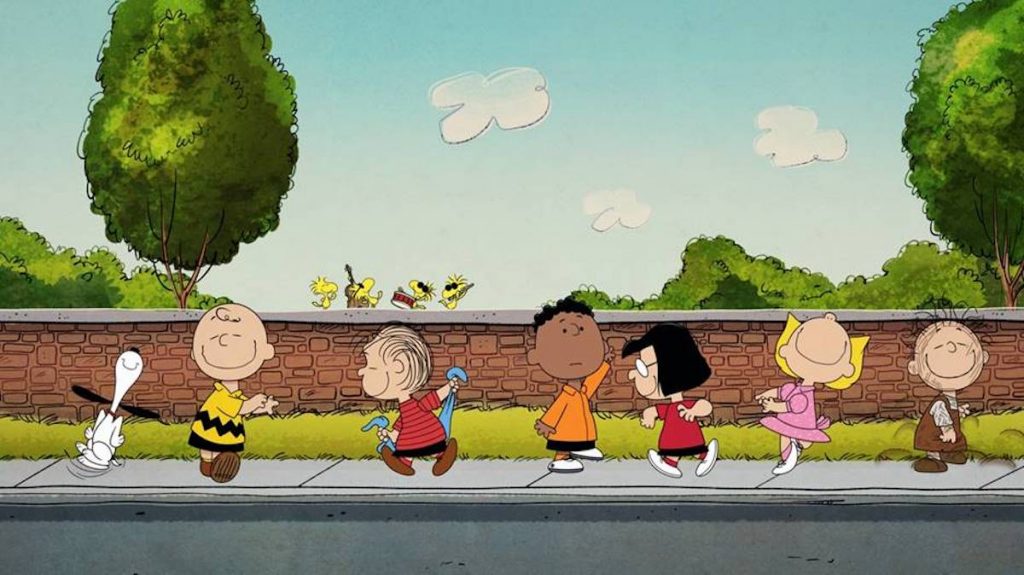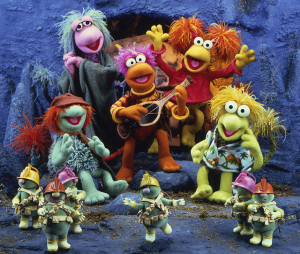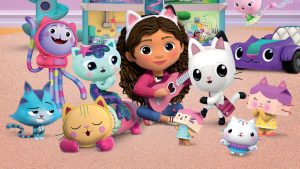
After more than 35 years of operation, TBI is closing its doors and our website will no longer be updated daily. Thank you for all of your support.
TBI Weekly: Five global kids TV trends to look out for in 2021
With the first week of Kidscreen drawing to a close today, Rob Moyser, senior analyst for TV & online video at TBI sibling OMDIA, considers what 2021 has in store for the kids TV sector.
From new streamers locking down premium IP to an anime boom, the continuing impact of the pandemic and platforms striking partnerships with toy companies, here are five key trends to watch out for in the coming year.
Record numbers of young viewers
The rollout out of Disney+ and HBO Max across several international regions will change the dynamics of the children’s TV industry dramatically in 2021. Disney’s enormous wealth of kids content will in particular attract large volumes of young consumers across the globe, as it owns some of the most popular movie franchises of recent times, including Star Wars, Pixar, and the Marvel Cinematic Universe, alongside many hit children’s TV shows intertwined with this.
The extent of Disney+’s subscriber uptake so far has already been palpable, with the service racking up more than 42.3 million subscribers by the end of last year in the US and UK alone since its launch there, respectively in 2019 and 2020. Disney+’s and HBO Max’s recent entry into the SVOD market has also greatly widened the scope of content available for consumers, an environment that will drive further competition, investments and more content in this genre.
Streaming grab for kids content
Since its launch in November 2020, Apple TV has focused on several big brands to attract new customers to its on-demand service. The launch of The Snoopy Show in February 2021 is the most recent example of this, with the streamer set to continue releasing a host of new and exclusive shows and specials from the Peanuts brand over the next few years. The tech giant has more to come as well, inking a deal with Sesame Workshop for a slate of live-action and animated content, while also partnering with the Jim Henson Company to reboot live-action series Fraggle Rock as a new original comedy.
This focus on iconic brands has become particularly acute among on-demand players in the past year as the rush of new services on the market has increased competition, and in turn made them more vulnerable to customer churn. Iconic brands that have resonance and familiarity with kids, young adults and families have therefore been considered as something of a safe bet by streaming services as they engender greater lasting relationships with customers.
Anime explosion
Anime content will continue to grow on Netflix and Amazon Prime in 2021 with the former announcing at its annual Anime Festival in 2020 that 16 anime titles are coming to the service in 2021, including a new Netflix Original Eden. Netflix’s strong plethora of anime content has been especially vital for growth in Japan and South Korea over the past few years, with this uptake contributing to Asia becoming Netflix’s second fastest-growing region in 2020.
Tech giant Sony is also set to shake up the anime industry in 2021, with aims to make its anime a cornerstone of its content and compete with Netflix and other global streaming giants. It has already made great strides in this area, acquiring a 95% stake in US-based anime distributor Funimation in 2017 and then more recently purchasing AT&T’s anime streaming service Crunchyroll for $1.2bn in December 2020, acquiring a global infrastructure of three million subscribers as a consequence. Sony’s elevation of its anime content to the forefront its core ecosystem (games, film and music) will also put it on a strong footing for the future as well, as it will be able to utilise these sectors effectively to grow its consumer base and maximise the potential of its franchise properties.
AVOD remains key
Covid-19 has driven the consumption of online media and this is no exception to children’s content, as parents continue to work from home and schools remain closed. Even though Omdia observed growth in SVOD uptake over the Covid-19 period, we believe AVOD will remain key for children’s content distribution.
Depending on the age groups concerned, a large number of kids shows are highly repetitive and do not require high quality display; parents are therefore not used to and not ready to pay for SVOD services. YouTube is the go-to platform for many kids and, in fact, many online children’s content creators are YouTube-born. That being said, children’s content will still be an important complement to the content library of general entertainment SVODs like Netflix and Amazon Prime, and the key selling point for family-focused services like Disney+.
Netflix toy ties
Netflix has begun making greater inroads into pre-school content in the past year with a number of original shows featuring tie-ins with consumer products. Mighty Express, which launched in September 2020, comes directly from toy company Spin Master, for example, while Gabby’s Dollhouse, which was released in January 2021, is also set to have some consumer products in the works. Netflix’s partnership with toy companies, exemplified by its ongoing partnership with Hasbro, is part of two-fold strategy where kids can gain greater engagement with the show away from the TV set, while also acting as a driver to keep returning to the show once immersed in the characters and stories.







